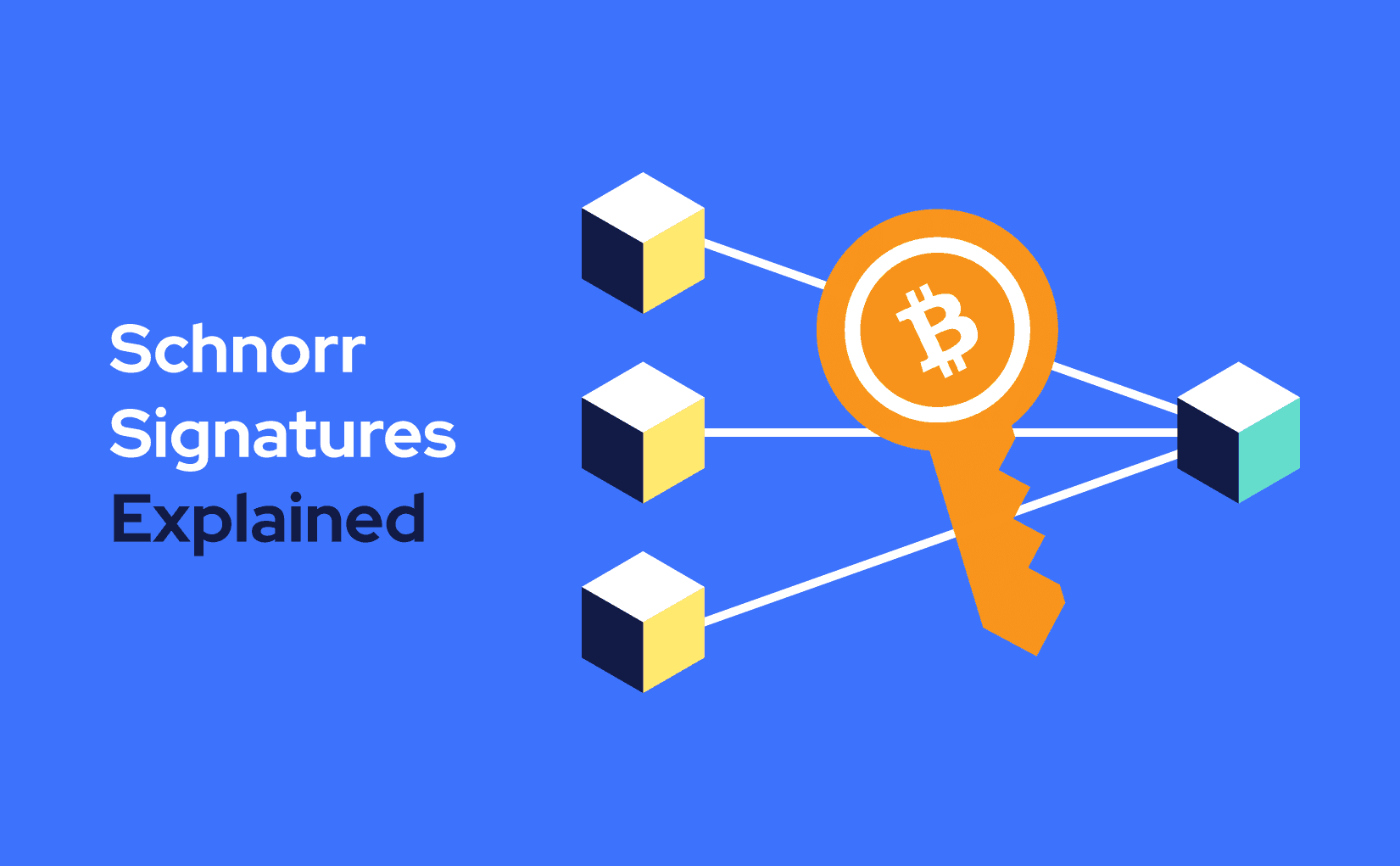Schnorr Signature Explained
Today we want to tell you about one significant and highly anticipated feature of Bitcoin - the Schnorr signature. Implemented as a part of the first Bitcoin upgrade in over four years called Taproot, which took effect in November of this year. To learn more, read the full SpectroCoin blog post.

Unlike the traditional proof of ownership, which we enforce through physical signatures, digital currencies use digital data to prove ownership. Proof of ownership uses mathematical cryptography, an example of which is the Schnorr signature. Previously Bitcoin solely used the Elliptic Curve Digital Signature Algorithm (ECDSA).
Schnorr Signature
The Schnorr signature is a digital signature produced by the Schnorr signature algorithm described by the German mathematician and cryptographer Claus Schnorr back in the '80s. The main reason for not implementing this simple yet effective signature to Bitcoin, to begin with, was that the signature was under a patent and thus did not have widespread uses and implementation, leading to the lack of proper testing in practical use. Meanwhile, the ECDSA signature was widely utilized, rigorously tested and trustworthy with no patent restrictions.
Key Aggregation
The Schnorr signature has one advantageous property - it is linear. This makes it possible to add two signatures and have the result still be a valid Schnorr signature. This linearity allows for multi-signature transactions where public keys are aggregated into a single key to represent the group. This type of signature was available at Bitcoin before through a standardized smart contract called Pay-to-Script-Hash (P2SH). But the weaknesses of this system were that it required knowledge of the public keys of all signers in the multisig. Also, they were easily identifiable in the network as a multisig. Key aggregation in the Schnorr signature allows the verifier only to have to verify a single signature and public key, which takes less time and requires less computing power.
Increased Privacy
Key aggregation using the Schnorr signature also has a significant impact on privacy. Requiring the aggregated signature rather than having signatures from all signers to prove ownership of funds improves security for the individuals participating in the transaction. Due to the aggregation, the multisig transactions can perfectly resemble singlesig transactions meaning they will not be easily identifiable on the network. The combined signatures make it difficult to determine who signed (or didn't sign) a transaction.
Improved Scalability
Since key aggregation is a big part of the appeal of the Schnorr signature, it also leads to another benefit - scalability. Due to the savings in signature data via aggregation, the size of Bitcoin transactions will be smaller. More space in a block for more transactions, thereby increasing the capacity of that block. Schnorr signatures will allow the Bitcoin protocol to accommodate this increase in demand better. A smaller size of transaction signatures also will lead to lower prices and shorter processing time.
Final Thoughts
With this long-awaited upgrade, Bitcoin will have significant privacy and scalability benefits. Some speculate that the key aggregation aspect of the Schnorr signature could increase the Bitcoin network's capacity by at least 25%, even more, when applied to multi-signature transactions. The Schnorr signatures is a building block for further advancements. Also, it is essential to note that Schnorr will not replace ECDSA.
We hope this blog post was helpful. For more blogs be sure to head over to the SpectroCoin blog.
If you have any questions about SpectroCoin, don’t hesitate to contact our customer support. Do do through the LiveChat available on our website or drop an email at [email protected]